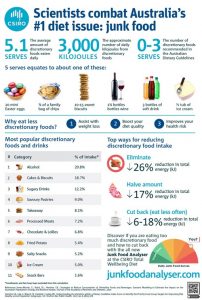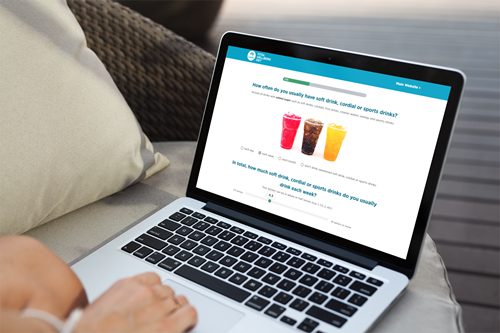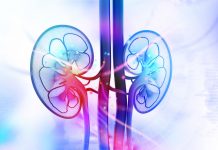While many of us endeavour to make good food choices, new research from the CSIRO suggests that some of the foods we’re consuming may not actually be the most nutrient-dense.
New findings from the recent analysis of the CSIRO Healthy Diet Score survey reveals that low nutrient, high kilojoule (energy) food continues to be the top choice for many Australians.
Research published in the Journal of the Academy of Nutrition and Dietetics, suggests that “60% of Australians exceed the recommended intake of discretionary foods” which, in the long run, may lead to nutrient deficiencies and other health concerns.
As a result of the findings from the CSIRO Healthy Diet Score survey, CSIRO research scientist Dr Gilly Hendrie says that new approaches are needed when it comes to curbing the amount of energy-dense, nutrient-poor discretionary foods we’re incorporating into our diets.
“Discretionary or junk foods are the number one issue affecting Australian diets today, with excessive consumption resulting in poor nutrition, high rates of obesity and an even higher risk of lifestyle diseases,” says Dr Hendrie.
It has been found that on average Australian adults are eating twice as much as what is recommended in the Australian Dietary Guidelines, with a lot of these extra kilojoules coming from discretionary food.
In fact, according to the CSIRO on average, Australian adults are consuming 5.1 serves of discretionary foods each day, which is the equivalent to about 3000kJ, or 20 small chocolate Easter eggs daily.
Additionally, when it comes to the types of discretionary foods we’re consuming, the results of the CSIRO survey reveal that our top weaknesses are:
- Alcohol (21% of total discretionary food intake);
- Cakes and biscuits (19%);
- Sugar sweetened beverages (12%);
- Savoury pies and pastries (9%).
“While these types of foods and drinks are often high in sugar, kilojoules and fat, they do bring enjoyment, which means alternative methods must be explored in helping people enjoy their favourite treats in the context of a healthy diet,” says Dr Hendrie.
Strategies to help make improvements
To help Australians improve their diets, the CSIRO has launched a free, online tool to provide the community with a greater understanding of our discretionary food intake and where we can make improvements to our eating habits.
“The new Junk Food Analyser provides individuals with specific advice on which categories of discretionary foods they are consuming the most, with the interactive tool providing strategies and tips on where kilojoules can be reduced, which is essential for weight loss,” says Dr Hendrie.
A range of strategies have been modelled in the Junk Food Analyser to help users reduce kilojoules in an achievable way.
“While the elimination strategy is common in diet programs and can reduce kilojoules the most, the interactive Junk Food Analyser lets users explore a combination of strategies to reduce discretionary food intake, without cutting their favourite foods altogether,” says Dr Hendrie.
“That might include choosing to eliminate alcohol, take a break from cakes and biscuits and halve confectionary consumption.
“The Junk Food Analyser really does help Australians have their cake and eat it, too.”
Dr Hendrie adds that the Junk Food Analyser combined with the “evidenced-based framework such as the CSIRO Total Wellbeing Diet”, we can be confident that we’re “embarking on a health journey that fits into our lifestyles, without the sacrifice”.
To take the new Junk Food Analyser quiz, head to: totalwellbeingdiet.com/au/health-tools/quizzes/junk-food-analyser






